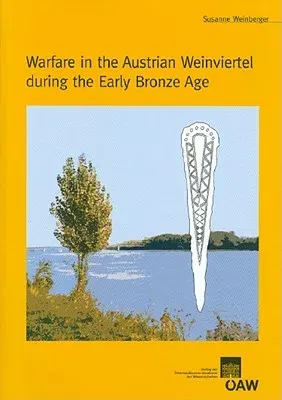This study seeks to present a comprehensive analysis of the qualitative
and quantitative aspects of warfare during the Early Bronze Age
(2300/2200 B.C. until 1500 B.C.) in the Weinviertel region of
northeastern Austria. This period saw the first use of bronze for
jewellery, weapons, tools and special-purpose money. The production and
distribution of the raw materials needed for bronze and of finished
copper and bronze products were connected to substantial changes in the
social, political, economic, and ideological spheres, a process that at
the latest began during the Eneolithic period. Many aspects of these
transformations are reflected in the patterns of warfare. While the
archaeological evidence remains somewhat uncertain as is typical for
societies of low social complexity, one cannot conclude that warfare was
unknown. This exploratory study expands on and qualifies current ideas
on warfare using the Early Bronze Age material record from the
Weinviertel. The warfare model, developed in detail in the individual
chapters, runs as follows: Warfare was conducted on a small scale, it
was infrequent and non-specialized weapons were used. It contained
aspects of ritual and may have been motivated by a number of reasons
based on the social or physical environment. It was carried out
predominantly by males and was organized at the household, village,
and/or polity level. Over time, specialized weapons were developed.
During the Middle Bronze Age one finds an increase in social complexity
and by the Late Bronze Age, extensive defense systems. The ideas
contained in this model are based on archaeological evidence, ethnology,
general human behaviour, European and North American scholarship on
warfare, and literature discussing functionalism, systems theory, and
post-processualism. Many points are illustrated through the selective
use of ethnographic information.

